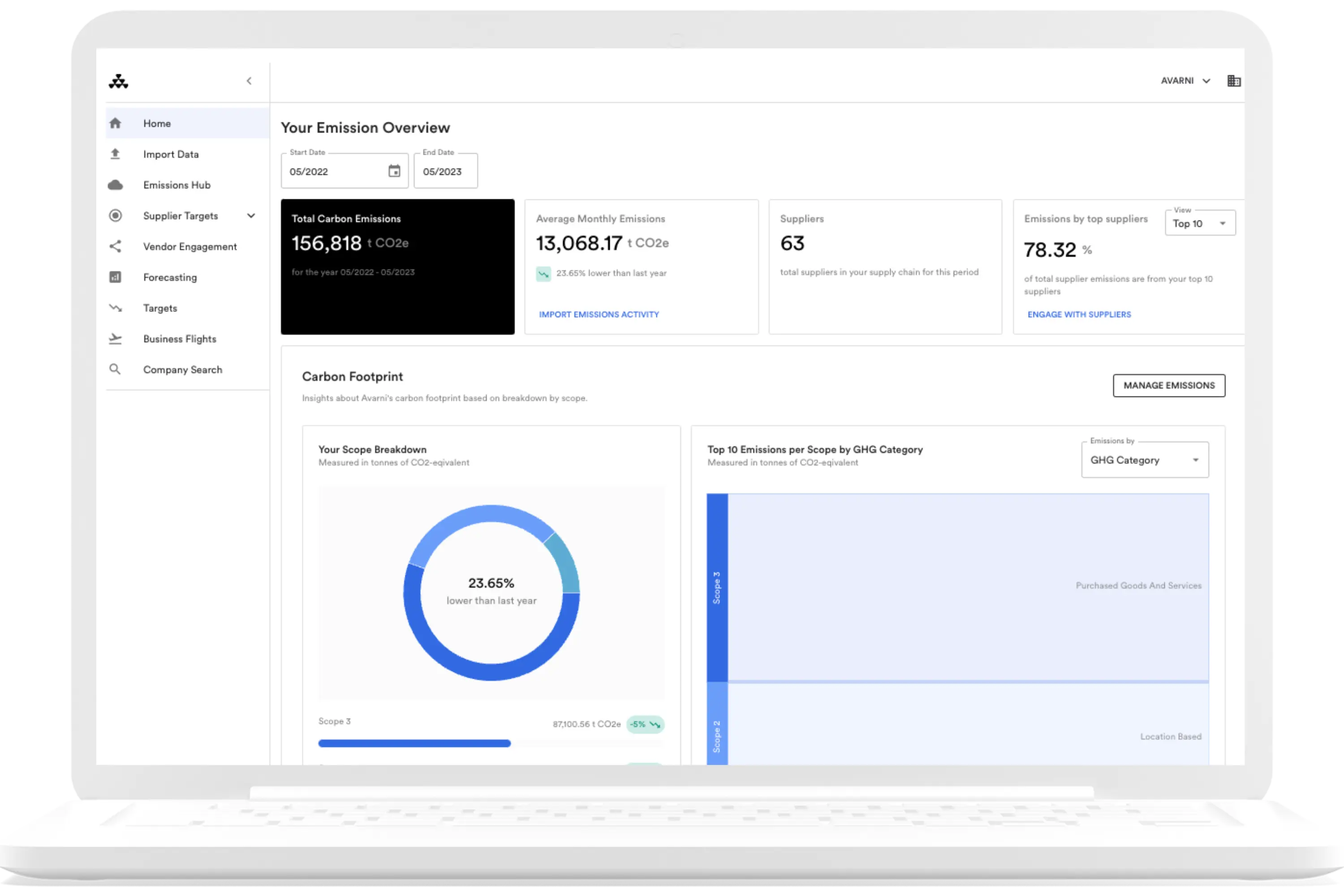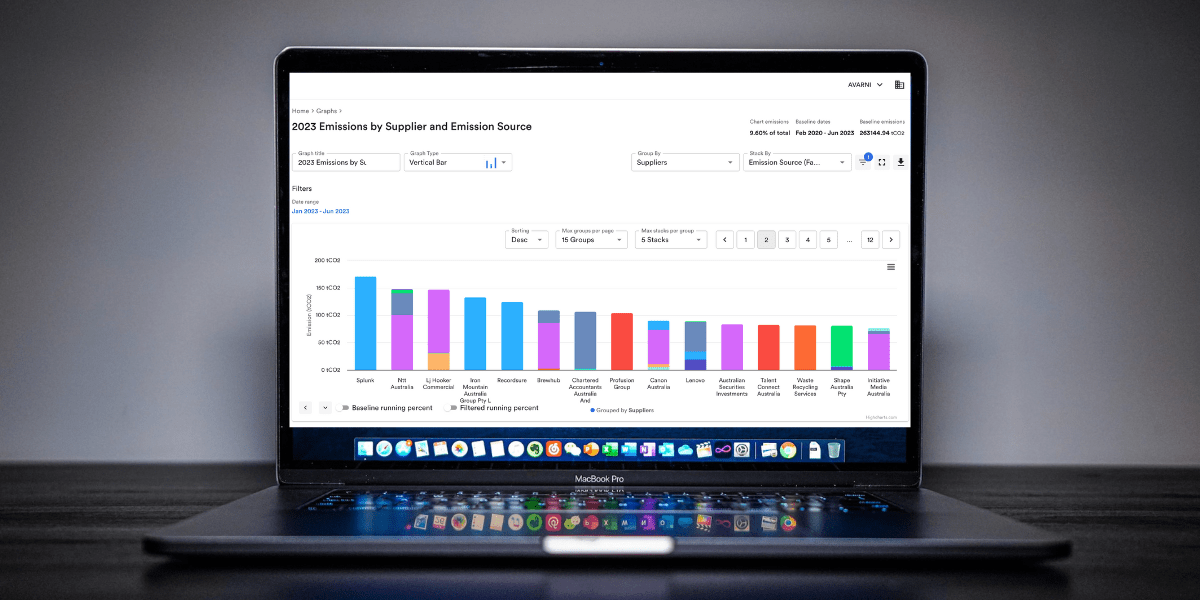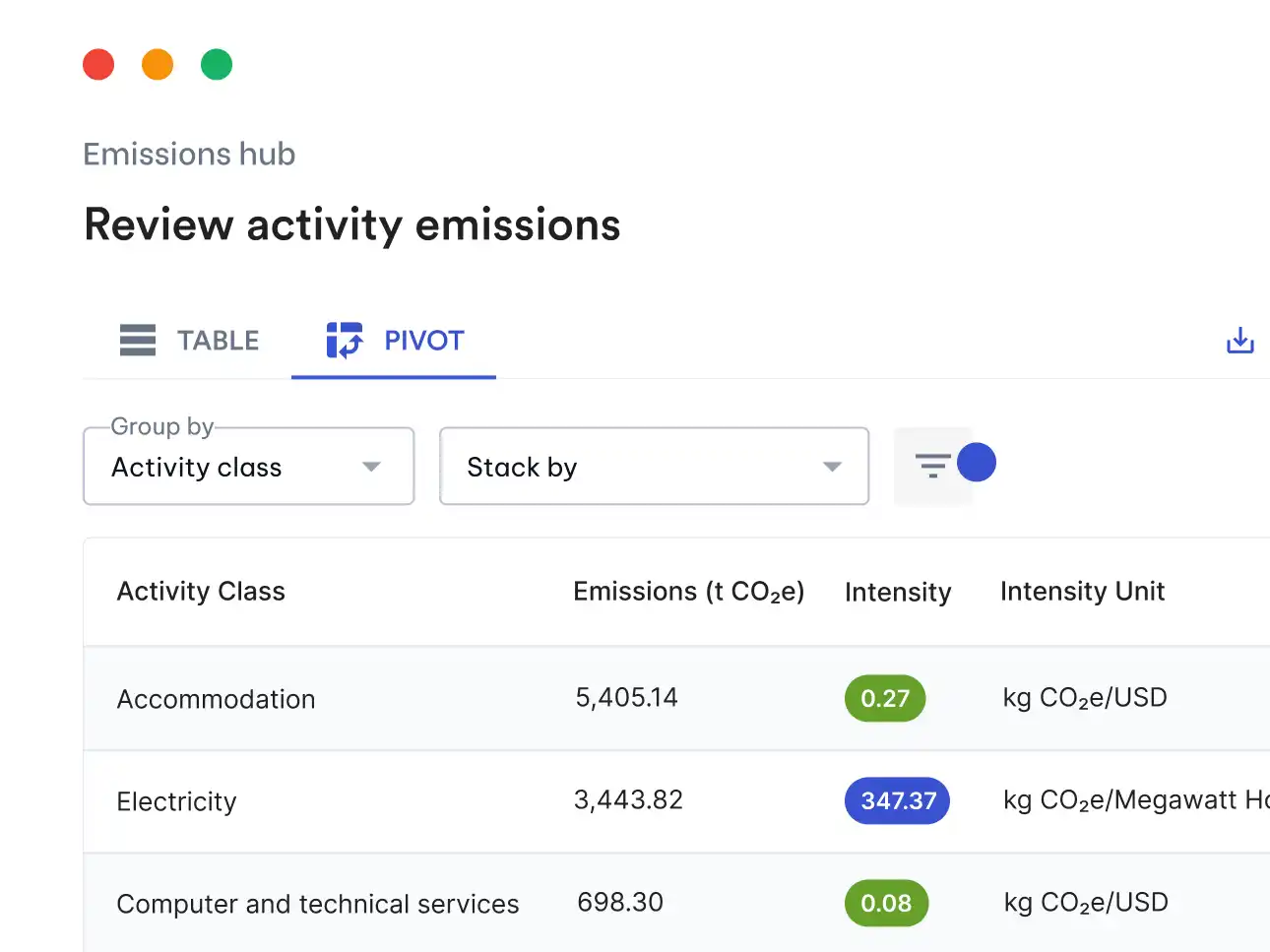The Climate Disclosure Project (CDP) is a international environmental nonprofit organization that works to drive companies and governments to disclose their environmental impact through a comprehensive set of questions and metrics. In this article, we explore what CDP is, why investors are pressuring companies to disclose environmental data through the CDP, and how companies report using the CDP framework.
What is CDP?
The CDP provides companies with a platform to publicly report and transparently communicate their climate-related performance. This helps companies to improve their environmental performance, as well as increase their credibility, trustworthiness, and accountability.
Companies that report to the CDP use the CDP framework to assess the climate-related risks and opportunities they face. This framework includes a set of guidelines and questions that companies must answer to provide a comprehensive view of their climate-related impact. The questions cover areas such as energy use, greenhouse gas emissions, water usage, and overall climate change strategies.
Investor pressure and support for CDP
For investors, CDP provides the necessary information to make informed decisions about companies and their climate-related performance. By understanding the potential risks and opportunities associated with a company’s climate-related activities, investors can make better-informed decisions when it comes to investing.
According to CDP:
Now, companies representing two-thirds of global market capitalization – from 130 countries – disclose critical environmental data through CDP. Within two years of an investor request, companies disclosing through CDP reduce their direct emissions by 7-10%.
5 benefits for companies who report using CDP
For companies, the CDP provides a platform to publicly report their climate-related performance, enabling them to demonstrate their commitment to sustainability and climate change. By disclosing to CDP, companies can benefit from:
1) Driving corporate transparency and accountability
By reporting to CDP, companies can protect and improve their reputation by increasing their credibility, trustworthiness, and accountability, helping them to build relationships with customers, suppliers, and investors. Companies are held accountable for their actions, and investors have access to more comprehensive information when assessing potential investments. This helps to create a level playing field and encourages companies to strive for greater sustainability.
2) Benchmarking and learning from peers
CDP provides a platform for companies to share best practices and collaborate with other companies on climate-related issues. This allows companies to learn from each other, share knowledge, and develop innovative solutions to climate change. Additionally, they can benchmark their environmental performance against industry peers, with an internationally recognized sustainability score and feedback against their climate targets.
3) Boosting competitive advantage
Disclosing through CDP can allow companies to gain a competitive edge when it comes to performance on the stock market, access to capital and winning tenders — as compared to companies who don’t disclose, or who are lagging behind industry benchmarks.
4) Uncovering risks and opportunities
CDP reporting helps companies identify, assess, and mitigate their climate-related risks. Additionally, it allows them to identify opportunities that would otherwise be overlooked, allowing them to produce data-driven strategies and capitalize on new opportunities.
5) Getting ahead of regulation
Another reason companies disclose through CDP is to get ahead of regulation. As mandatory disclosure gains momentum in jurisdictions around the world, disclosing through CDP enables companies to meet reporting rules in multiple regions while being fully aligned with best-practice TCFD recommendations.
How companies report using the CDP framework
The CDP provides companies with the tools and resources to successfully implement the CDP framework. This includes guidance on how to answer the CDP questions, as well as resources to help develop plans of action and set targets. The CDP also provides companies with access to a global network of experts, allowing them to learn from each other and develop innovative solutions.
Implementing the CDP framework requires companies to undertake a comprehensive assessment of their climate-related risks and opportunities. This includes answering a set of questions that cover areas such as energy use, emissions, adaptation, and resilience. Companies must also provide detailed information about their activities and strategies, including their goals, targets, and progress.
CDP reporting by nature is a data-driven exercise, and companies may use a variety of methods and tools to gather and record their climate-related disclosures. For example, using carbon management software such as Avarni enables a company to easily measure its Scope 1-3 emissions. Built with AI technology, the platform automates emissions identification and calculations, and makes it easy to benchmark and forecast future emissions. Additionally, companies can invite vendors to input their emissions data to the platform for free, so they can view and monitor the impact of their suppliers’ net zero targets on their own bottom line. This demonstrates how using a dedicated and purpose-built emissions management platform instead of a manual carbon accounting spreadsheet results in significant savings in terms of time and resources spent traditionally data gathering and reporting for CDP disclosures.

As mentioned previously, CDP reporting is also an opportunity for companies. As part of its CDP disclosure, a company should also develop strategies to engage with stakeholders, such as customers, suppliers, investors, and other companies. This could include educating stakeholders about the company's climate-related risks and opportunities, as well as the actions the company is taking to address them. Companies may also want to collaborate with stakeholders on developing solutions and encourage them to take action. For example, companies could work with suppliers to reduce supply chain emissions or partner with customers on awareness campaigns.
Conclusion
The CDP provides an essential service to companies, by providing them with a platform to report their climate-related performance and transparently communicate their climate-related risks and opportunities. By using the CDP framework, companies can improve their environmental performance, increase their credibility and trustworthiness, and build relationships with customers, suppliers, and investors. The CDP also provides investors with the necessary information to make informed decisions when it comes to investing. Finally, using the CDP helps to drive corporate transparency and accountability, creating a level playing field and encouraging companies to strive for greater sustainability.





